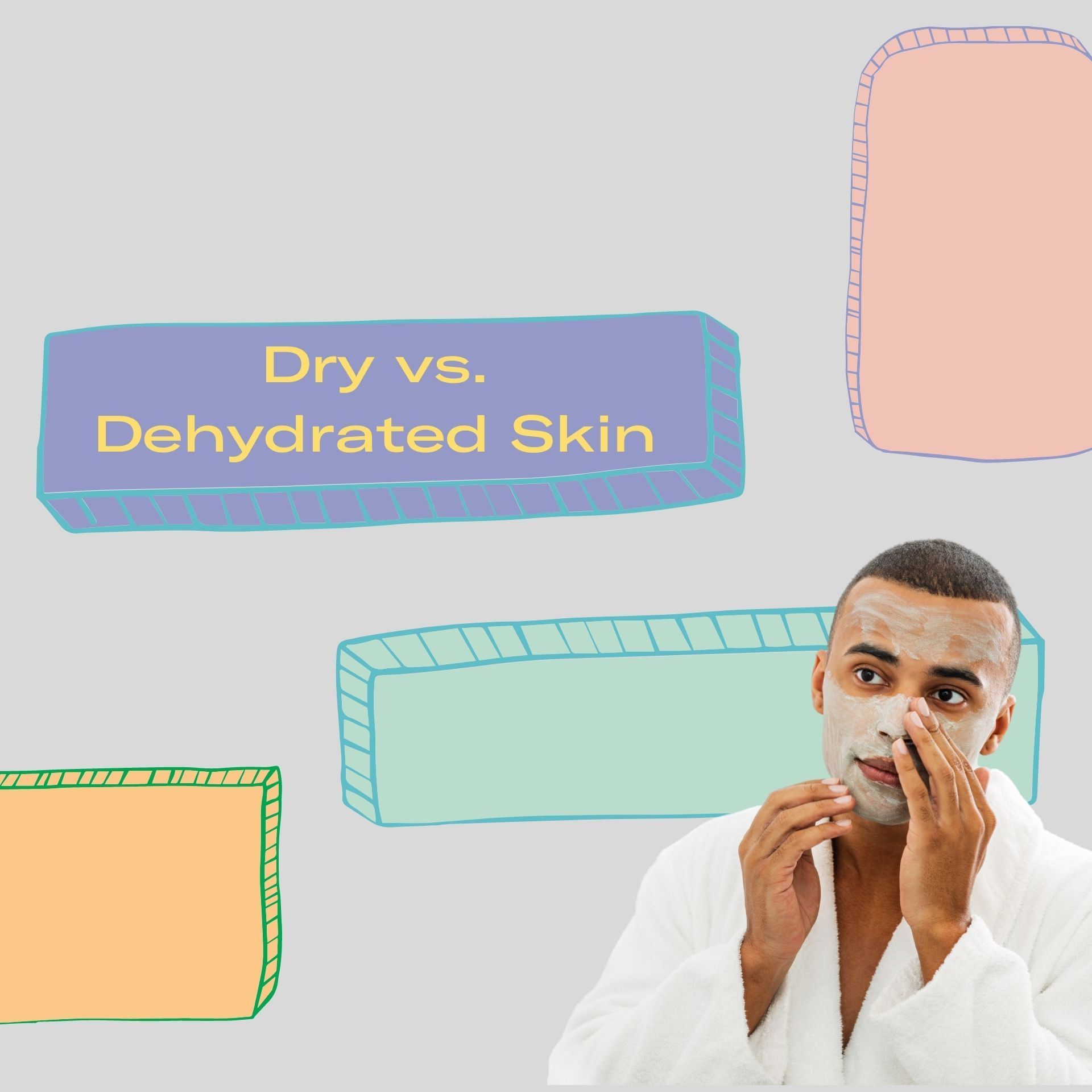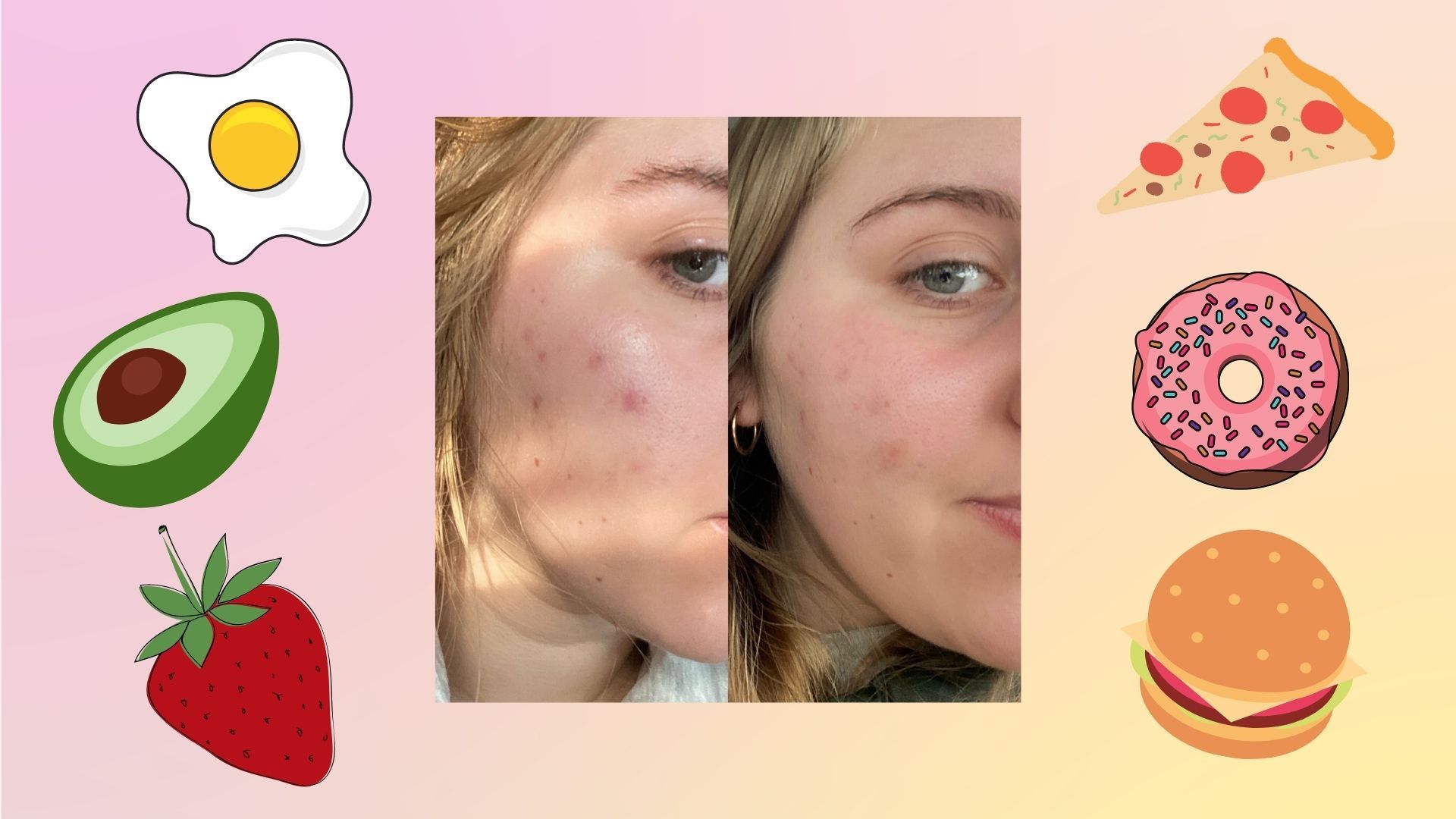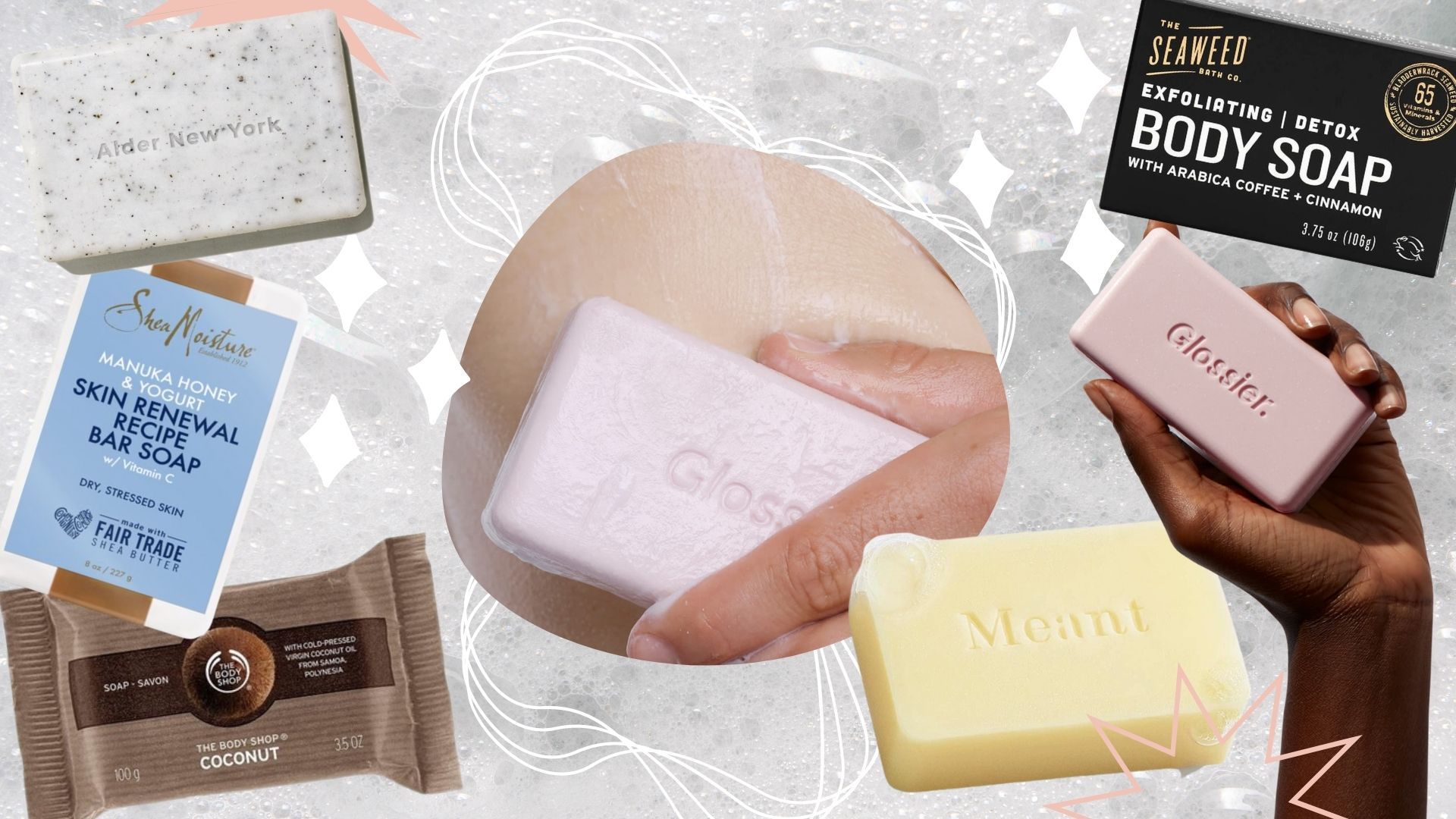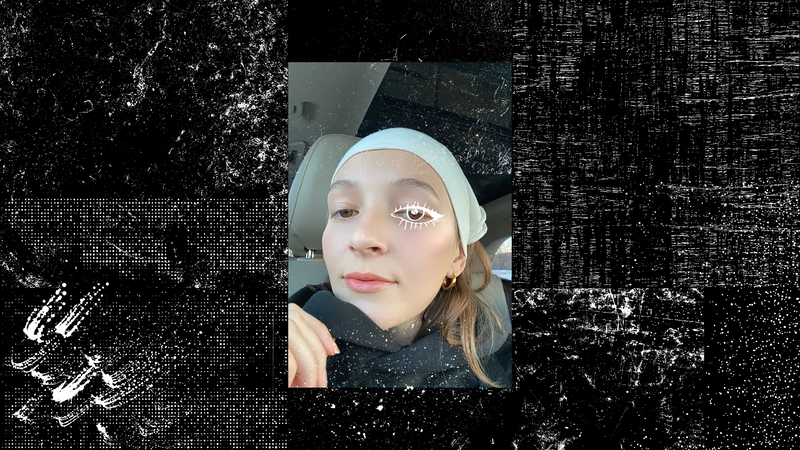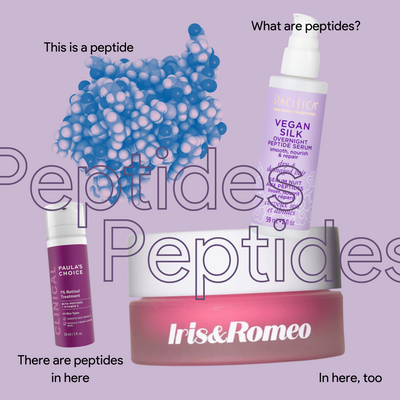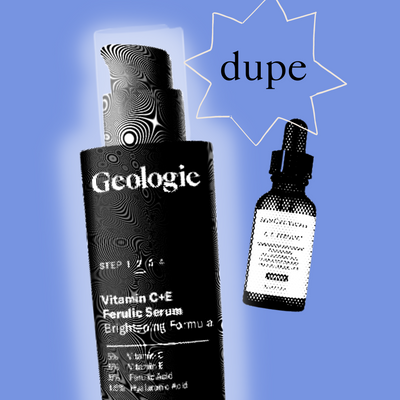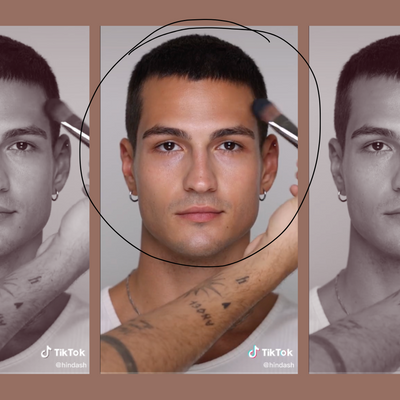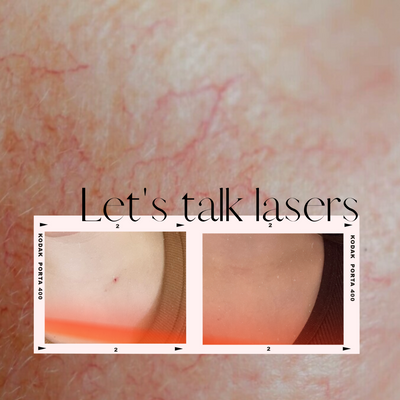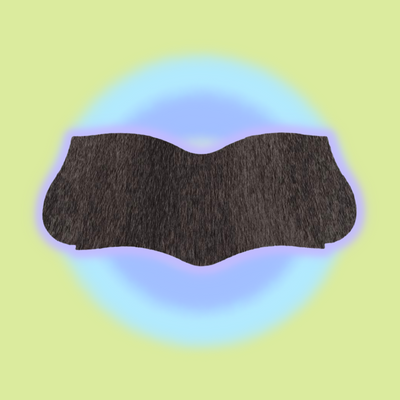Everyone has their unique skincare concerns, but there always seems to be one issue that you just REALLY can’t kick. Mine is milia.
If you are one of the lucky ones who doesn’t suffer from these minuscule “milk spots,” milia are tiny little cysts on the skin, which are made up of a combination of trapped dead skin cells and keratin buildup under the skin’s surface. Most commonly, milia are found on the face and specifically around the eyes.
My battle with milia
I have had milia around my eyes for almost as long as I can remember. I’ve seen plenty of dermatologists who just tell me they’re not sure why I get them, are not exactly sure how I can prevent them, and then proceed to remove them in an incredibly uncomfortable and painful way. So I’ve been on the hunt to find ways to prevent and treat my milia without the scary treatments.
SEE ALSO: Winter acne is a thing. Here’s how to prevent and treat it.
I began to notice the bumps around my eyes in the fifth grade. Milia doesn’t hurt, and the spots aren’t super noticeable. As a fifth-grader, I really had no reason to care all that much. But as time passed, the milia continued to form, so my mom and I decided to make an appointment at my local dermatologist to get them checked out.
I saw a dermatologist for the first time for my milia when I was around 14-years-old, which is when I had my first treatment to remove the existing milia spots around my eyes. Since then, I’ve gone into my derm for the same treatment once a year.
After every appointment, I’m blissfully milia-free for about three to four months, and then like clockwork, I look in the mirror and see new spots forming. It can be extremely frustrating. These little white spots around my eyes are absolutely not the biggest deal in the world, but it’s still an insecurity. When they are at their worst, people have asked me if I have something in my eye or on my face, and I’ve almost always edited the spots out of close-up selfies.
How I treat my milia spots
My story of treatment is a bit complicated and TBH, I’m still figuring it out. Usually, I have my milia spots extracted with a long, skinny needle. It was always uncomfortable to have done right near my eyes, but I was (and still am) willing to do anything for the problematic bumps to disappear. This treatment only lasts a few months, so the last time I saw my dermatologist, she wanted to try something new.
This time around, my dermatologist used a laser to remove my milia, which turned out to be ten times more painful and even less effective because the tool was too bulky to narrow in on the little areas around my eyes. It was painful, upsetting, and frustrating. I’m actually in the process of finding a new dermatologist because I am so unhappy with my last experience.
Although I have been seeing a dermatologist for my milia for more than six years, I’m still left frustrated, confused, and unable to find any true long-term relief. To get to the bottom of some long-awaited unanswered questions about milia, I spoke with the dermatologist behind the Derm.Talk blog, Dr. Jenny Liu, MD FAAD, to break down the details of the stubborn spots.
What causes milia, and what are the best treatment options?
Dr. Liu said that everything from trauma (including cosmetic procedures and surgery), aging, and certain skin conditions that lead to inflammation can cause milia. She even considers milia to be idiopathic, or developed from an unknown cause or mechanism of apparent spontaneous origin.
For causes, treatment, and prevention, Dr. Liu also recommends paying close attention to any specific underlying cause, like acne, or certain skin conditions such as epidermolysis bullosa (EB), a condition that causes the skin to be very fragile and to blister easily. The underlying state of the skin could be the cause of the milia, so for treatment, fixing that first condition may lead to a clearing of the resulting milia.
Similarly, when trying to treat or prevent the cysts, pay close attention and make sure that you aren’t using products that will worsen that underlying condition.
She said that the milia may work themselves out over time, but topical exfoliating agents like retinoid or glycolic acid may help. She also warns against the use of occlusive skincare products if you struggle with milia.
How to prevent milia from forming
Justin Spracklin is an aesthetician, skincare blogger, and social media cosmetic expert (@maximumskin on IG). I discussed milia specifically around the eye area with him. He assured me that the most effective way to remove already-formed milia spots is to have them extracted by a professional.
To prevent the spots, he recommends exfoliation. Physical exfoliation can aid in the prevention of milia, but Justin warns that oftentimes, physical exfoliators are too rough to be used specifically in the eye area, where the skin is very thin. Instead, he told me that chemical exfoliants are safer as long as they are used carefully. Specifically, Justin recommends choosing a chemical exfoliant that is below 10% active ingredient concentration, and to put your chemical exfoliant on a cotton round, squeeze out all the extra, and then gently swipe around the eye area.
Similar to Dr. Liu, Justin told me that occlusive skincare products can worsen milia and lead to more keratin buildup. So, what products are occlusive? Unfortunately, Justin told me this is a tricky question. It can vary from product to product, and this can include moisturizers, primers, foundations, and concealers. He said that layering these products can increase the risk as well.
“Ingredient vs formulation is important, and a single ingredient does not always perform the same way in a formula,” says Justin. He focused on the importance of speaking with your dermatologist on the best way to treat and prevent milia, because everyone is different, and the solutions can be case-by-case and complex.
Living with milia
So, the bottom line: If you’re prone to milia (like me), try to work an eye cream with active ingredients like a retinoid or chemical exfoliant into your skincare routine. If you’re stuck with already-formed milia that won’t budge (again, like me), see your dermatologist for safe extraction, or give the bumps time to go away on their own. Because remember, your skin is nothing to be ashamed of!
Just like your mental and physical health, our skin is ever-changing, adapting, and growing, and we’ll never be perfect. Realistically, I will most likely never be completely free of milia, and that’s alright. Skin conditions like milia or cystic acne often never go away. Flawless skin shouldn’t be the goal, but rather giving your skin the love that it needs at every stage of life. That’s the “care” part of skincare!
READ MORE LIKE THIS
